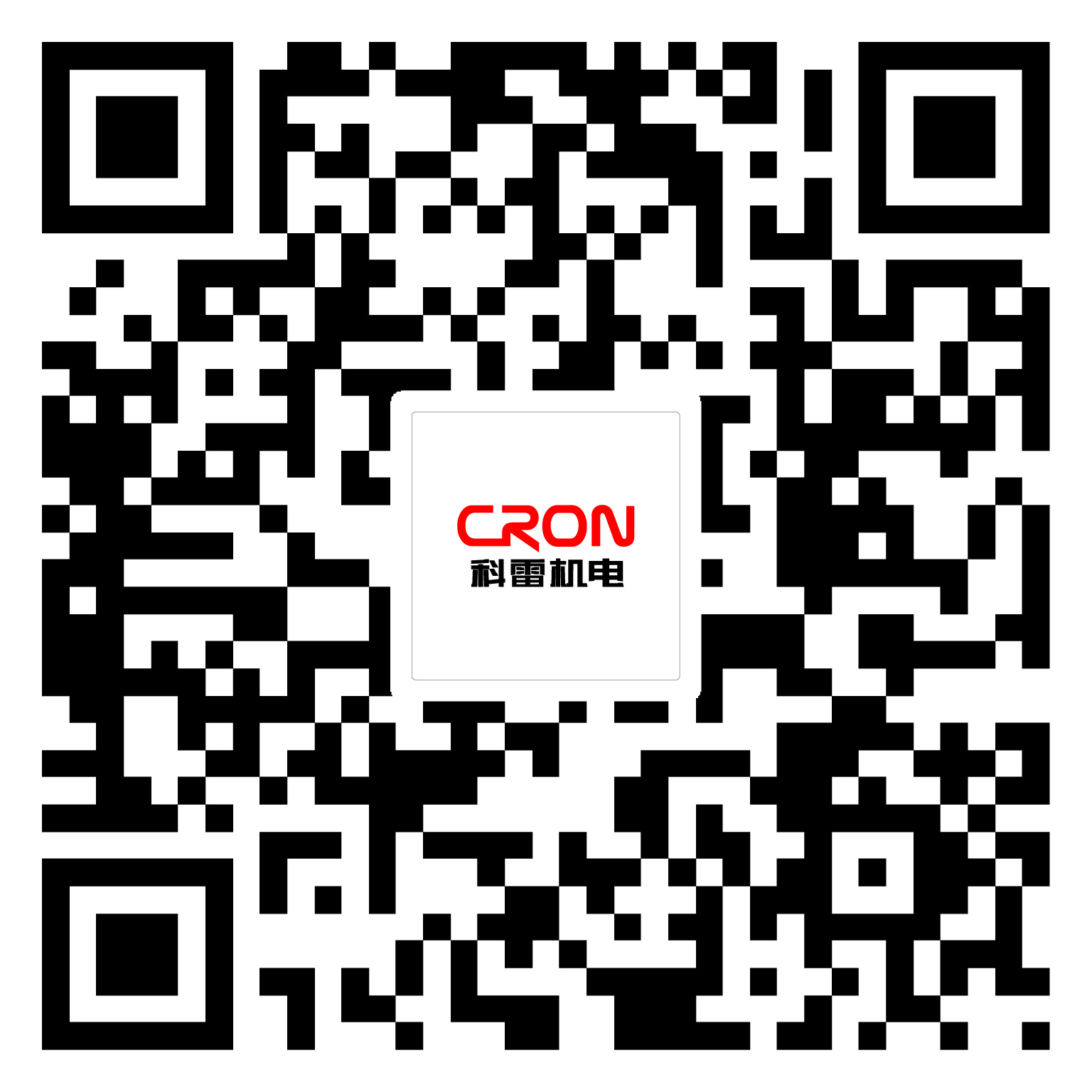The Complete Guide to Newspaper Plate Making: Techniques and Best Practices
Release time:
2025/04/17
Source:
Kerei Electromechanical
Newspaper plate making is a critical process in the printing industry, particularly for producing high-quality printed materials. By understanding this process, businesses can enhance their printing capabilities, ensuring that the final product meets the desired standards of clarity and precision.
At its core, newspaper plate making involves several key steps. First, the design is created, typically using graphic design software. This design is then transferred to a plate using various methods, including digital imaging or traditional film. The choice of method can significantly impact the quality and efficiency of the printing process. Digital plates, for instance, tend to offer faster turnaround times and higher precision, while traditional methods may still be employed for specific applications.
Once the design is transferred onto the plate, the next step involves preparing the plate for printing. This includes processes such as exposure, developing, and washing. It's crucial to ensure that the plate is properly treated to achieve optimal ink transfer during printing. Techniques such as chemical processing can enhance the durability and performance of the plates, making them more robust for repeated use.
In addition to choosing the right materials and methods, maintaining the equipment used in newspaper plate making is vital. Regular cleaning and calibration of printers and exposure units ensure consistent quality and prevent downtime due to equipment failure. It’s also advisable to keep up with industry standards and innovations, as advancements in printing technology can offer new solutions that improve efficiency and reduce costs.
Another important aspect of newspaper plate making is understanding the types of inks and substrates that work best with the plates you choose. Different inks can affect the drying time and adhesion to the plate, which in turn influences the quality of the print. Additionally, selecting the right paper stock is essential for achieving the desired finish and durability of the printed product.
Lastly, training staff in the nuances of newspaper plate making can greatly enhance productivity and quality. By investing in skill development, businesses can ensure that their teams are equipped with the latest knowledge and techniques, resulting in better output and reduced waste.
In summary, newspaper plate making is a multifaceted process that requires careful attention to detail and an understanding of various techniques and materials. By focusing on the best practices highlighted above, businesses in the office supplies and printing industries can improve their production processes and deliver superior printed materials that meet customer expectations.
At its core, newspaper plate making involves several key steps. First, the design is created, typically using graphic design software. This design is then transferred to a plate using various methods, including digital imaging or traditional film. The choice of method can significantly impact the quality and efficiency of the printing process. Digital plates, for instance, tend to offer faster turnaround times and higher precision, while traditional methods may still be employed for specific applications.
Once the design is transferred onto the plate, the next step involves preparing the plate for printing. This includes processes such as exposure, developing, and washing. It's crucial to ensure that the plate is properly treated to achieve optimal ink transfer during printing. Techniques such as chemical processing can enhance the durability and performance of the plates, making them more robust for repeated use.
In addition to choosing the right materials and methods, maintaining the equipment used in newspaper plate making is vital. Regular cleaning and calibration of printers and exposure units ensure consistent quality and prevent downtime due to equipment failure. It’s also advisable to keep up with industry standards and innovations, as advancements in printing technology can offer new solutions that improve efficiency and reduce costs.
Another important aspect of newspaper plate making is understanding the types of inks and substrates that work best with the plates you choose. Different inks can affect the drying time and adhesion to the plate, which in turn influences the quality of the print. Additionally, selecting the right paper stock is essential for achieving the desired finish and durability of the printed product.
Lastly, training staff in the nuances of newspaper plate making can greatly enhance productivity and quality. By investing in skill development, businesses can ensure that their teams are equipped with the latest knowledge and techniques, resulting in better output and reduced waste.
In summary, newspaper plate making is a multifaceted process that requires careful attention to detail and an understanding of various techniques and materials. By focusing on the best practices highlighted above, businesses in the office supplies and printing industries can improve their production processes and deliver superior printed materials that meet customer expectations.


